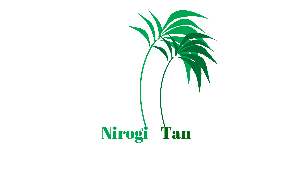Accessory nerve palsy, also known as 11th cranial nerve palsy, is a condition that involves the paralysis or weakness of the muscles controlled by the accessory nerve. This nerve is responsible for controlling certain muscles in the neck and shoulders, and its palsy can result in difficulty in moving the head and shoulders, as well as difficulty in lifting the arms.
There is no specific cure for accessory nerve palsy, but treatment options focus on managing the symptoms and addressing the underlying cause. Physical therapy and rehabilitation exercises are often prescribed to help improve muscle strength and mobility. In some cases, surgery may be considered to repair damage to the nerve or surrounding structures.
Health Tips:
– It is important to seek medical attention if you experience symptoms of accessory nerve palsy, such as difficulty moving the head and shoulders or lifting the arms.
– Follow the treatment plan recommended by your healthcare provider, which may include physical therapy or surgery, to help improve muscle strength and mobility.
– Practice good posture and try to avoid activities that strain the neck and shoulders to prevent further complications.
By taking proper precautions and following the recommended treatment plan, individuals with accessory nerve palsy can effectively manage their symptoms and improve their quality of life. It is important to consult with a healthcare professional for personalized advice and guidance.

